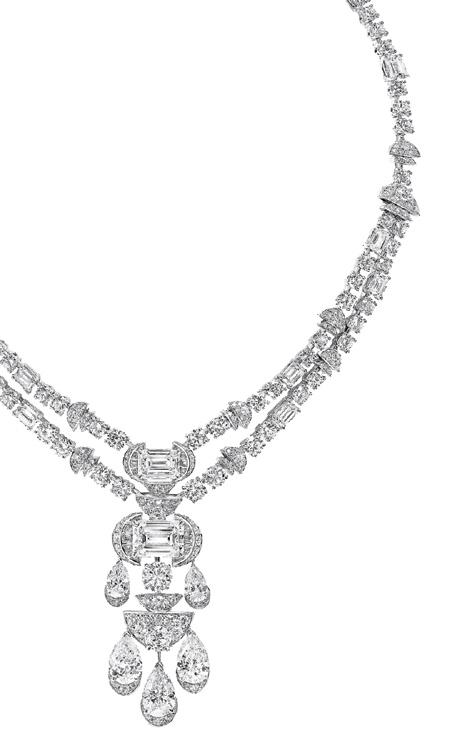
2 minute read
SNAPSHOT Pierre Cardin is the subject of Flammarion’s new fashion book. by robert JanJigian



Clockwise from bottom left: The cover of Pierre Cardin: Making Fashion Modern; wool crepe cocktail dress and coat with holes, suede belt, and sable neckline, 1965; iconic cocktail dresses from the 1966 collection worn with felt riding hats (Jean Paul Gaultier drew inspiration from this design for the pointed-breast corset dress that he created in 1983, and that Madonna wore in 1990 for her ‘Blond Ambition’ tour); Pierre Cardin in the middle of a design session for a checkered wool garment with Hiroko, his favorite Japanese model.
PROTO-INFLUENCER
BY ROBERT JANJIGIAN
IN THE 1960s and 1970s, there was probably mo bigger name in French fashion than that of Pierre Cardin, whose name and distinctive logo were found on apparel for women and men, luggage and handbags, fragrances, sheets and towels, airplane interiors, and almost every category of merchandise imaginable. Cardin, who was born near Venice, Italy in 1922, made his name first as a tailor of men’s clothing, but turned to women’s wear in postwar era Paris, working with Paquin, Schiaparelli, and Dior, before launching his own company in 1950.
He was one of the first designers to venture into the readyto-wear realm in the early ’60s, well before many of his peers in the rarefied haute couture world.
Cardin was unusually prescient in his attitude toward fashion’s future:
“My name is more important than myself,” he once said, and saw the advent of ready-to-wear as the savior of the French fashion business, later stating that “prêt-à-porter will kill your name, but it saved me.”
Cardin dressed prominent women and men throughout the world, responsible for the seminal bubble dress and the collarless suit jackets worn by The Beatles in the early ’60s, and was an experimenter, exploring the application of non traditional materials to fashion, and embracing an aesthetic that reflected the Space Age ideals of the ’60s. He was also a restaurateur, owner of the fabled Belle Époque Paris dining spot Maxim’s, which he turned into a global brand as well.
But his full-throttle belief in the power of the designer name, which led to the successful licensing of his name, is perhaps his greatest legacy. What’s surprising, however, was his distaste for one particular category of apparel that has proven to be internationally beloved. “The jean is the destructor. It is a dictator. It is destroying creativity. The jean must be stopped.”
Cardin, who died in 2020, is the subject Flammarion’s new book, Pierre Cardin: Making Fashion Modern by Jean-Pascal Hesse and Pierre Pelegry, which will be released in November. It’s an essential addition to the style section of any home library. ◆











